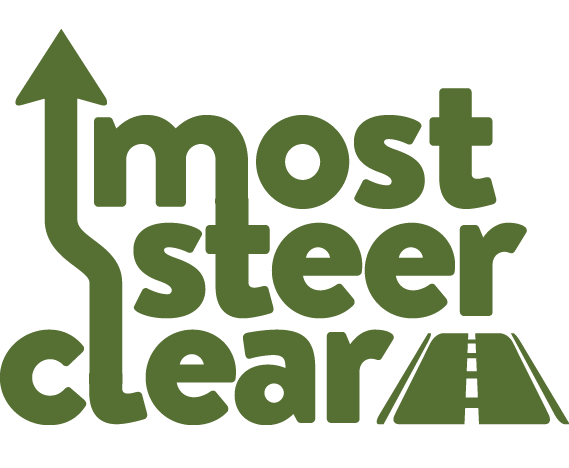
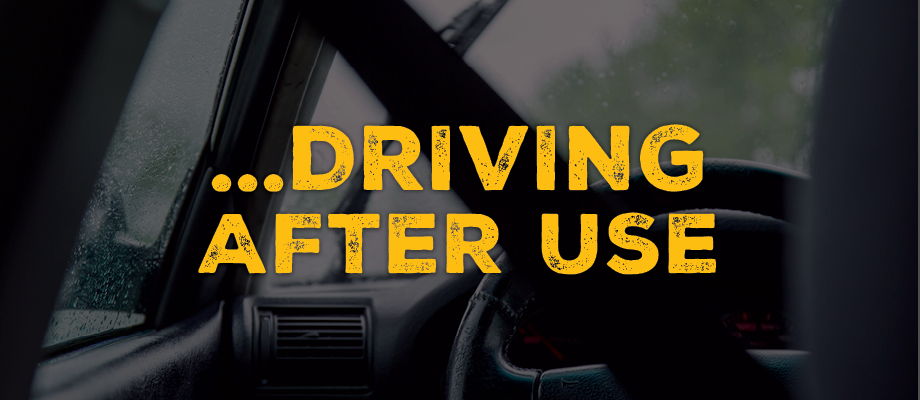
Initiative 502 set DUI of cannabis at 5 nanograms of THC per milliliter of blood for those over 21 years of age, and any positive amount for those under 21. This “per se” limit (meaning if you are above either of these cutoffs, you meet criteria for a DUI regardless of other factors) was selected because it is associated with decreases in reaction time and challenges in shifting focus. One study shows it takes 3 hours to drop below 4.9 nanograms of THC per milliliter of blood, meaning driving within three hours of use would likely result in being above our state’s cutoffs. More recent studies suggest impairment can last 6-8 hours [14], especially with more potent weed, edibles, or medical marijuana.
- Marijuana significantly impairs judgment, motor coordination, and reaction time. [3]
- Drivers with THC in their blood are twice as likely to be responsible for a fatal crash as drivers who had not used drugs or alcohol. [3]
- Marijuana is the illicit drug most frequently found in the blood of drivers who have been involved in vehicle crashes, including fatal ones. [3]
- There is substantial evidence that cannabis use increases the risk of motor vehicle crashes. Analyses of multiple studies found that the risk of being involved in a crash significantly increased after marijuana use. However, a large case-control study conducted by the National Highway Traffic Safety Administration found no significant increase in crashes attributable to cannabis after controlling for drivers’ age, gender, race, and presence of alcohol. [1,3]
- The majority (80%) of delta-9 THC positive drivers in fatal crashes were male. [18]
- More than one-third of drivers positive for delta-9 THC were between the ages 16 and 25. [18]
- From 2012-2021 34.7% of young adults drivers ages from 16-25 were involved in fatal crashes and tested postive for Marijuana. [18]
-
Delta-9-THC drivers also exhibited other high risk behaviors, such as speeding (43%), not wearing a seat bealt (32%), and being distreacted (18%). [18]
- DUI consequences may include up to 1 year in jail, $1,000 fine, driving restrictions, license suspension, or impoundment of vehicle.
- An increased number of officers have been trained to identify “drugged or high” impaired driving behavior by looking at eyes, ability to accomplish tasks, and mannerisms. [2,3]
- You can get a DUI for Marijuana even if you use it for medicinal purposes.
- Choose not to drive under the influence and remind family and friends to do the same.
- Plan on getting a ride home from someone who has not been drinking alcohol and/ or using drugs!
- Assigned a designated driver who will not drink or use drugs when you are going out with a group of people you know.
- Use rideshare service or call a taxi!
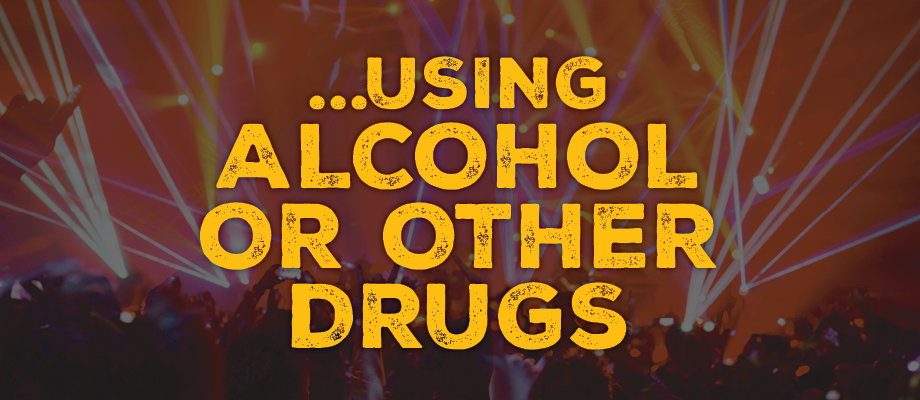
- Alcohol in combination with marijuana significantly increases driving impairment. [11]
- Cannabis and Alcohol is the most common combintaion of poly-drugs among drivers in fatal crashes. Overall, alcohol (alone or in combination with other drugs) is three times more prevalent among drivers in fatal crashes than delta-9-THC. [18]
- In 2021 over 80% of delta-9-THC positive drivers in fatal crashes were also positive for alcohol or other drugs. [18]
- Nearly 3 of every 4 delta-9 THC positive drivers were also positive for other drugs/and or alcohol. [18]
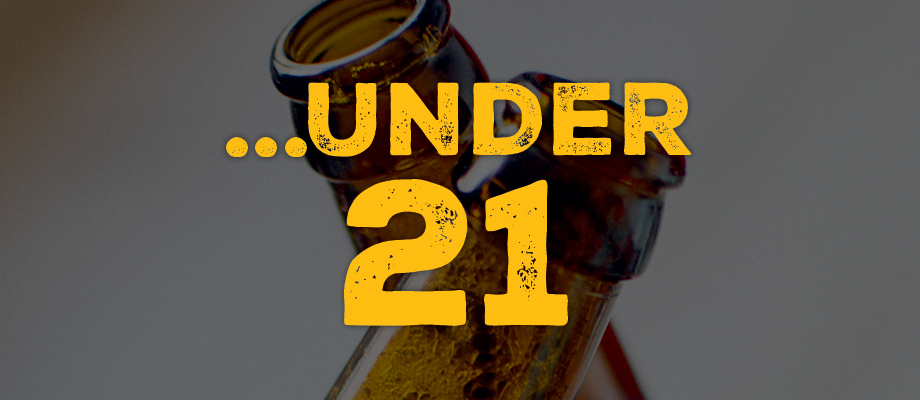
“[Until early-mid 20s] the brain is thought to be particularly sensitive to damage from drug exposure. And the frontal cortex — the region critical to planning, judgment, decision-making and personality — is one of the last areas to fully develop.”- Staci Gruber, PhD, director of the Marijuana Investigations for Neuroscientific Discovery (MIND) Program at Harvard Medical School.
Marijuana can have negative effects on attention, memory, and learning that can last for days or weeks after the acute effects of the drug wear off. [9]
“Regular, heavy [adolescent] users — those who reported smoking five of the last seven days, and more than 2,500 times in their lives — had damage to their brains’ white matter, which helps enable communication among neurons.” [5,6]

Personal marijuana use by people under age 21 is against the law and can have legal consequences.

- Marijuana use, especially among those who use heavily, has significant associations with increases in schizophrenia or other psychoses and moderate associations with other mental health issues including depression, suicide, and bipolar and social anxiety disorders. [9]
- Using marijuana as a coping technique for problems is significantly associated with increased distress. [16]
- Among 27 studies examining marijuana use in adolescents with anxiety, the majority (67%) found a positive association between marijuana use and anxiety. [17]

- Marijuana has “negative effects on attention, memory, and learning that can last for days or weeks after the acute effects of the drug wear off.”
- Most “adolescents who used marijuana regularly were significantly less likely than their non-using peers to finish high school or obtain a degree.” [9]
- Evidence suggests that students who smoke marijuana have poorer educational outcomes than their nonsmoking peers [20]
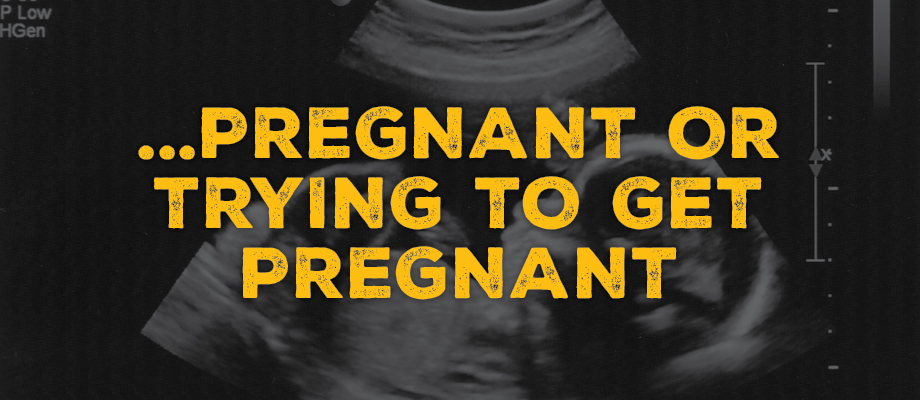
- THC can be passed to babies through breast milk and accumulate to high concentrations. [12]
- Marijuana use during pregnancy has a high association with low birth weight babies. [12]
- Using cannabis during pregnancy can harm fetal brain development and negatively affect kids later in life, including problems with their attention, memory, problem-solving skills, and behavior. [15]
- Research on the health impacts of cannabis on pregnant women is still limited. However, when it comes to pregnancy and children, it makes sense to use a precautionary approach.
